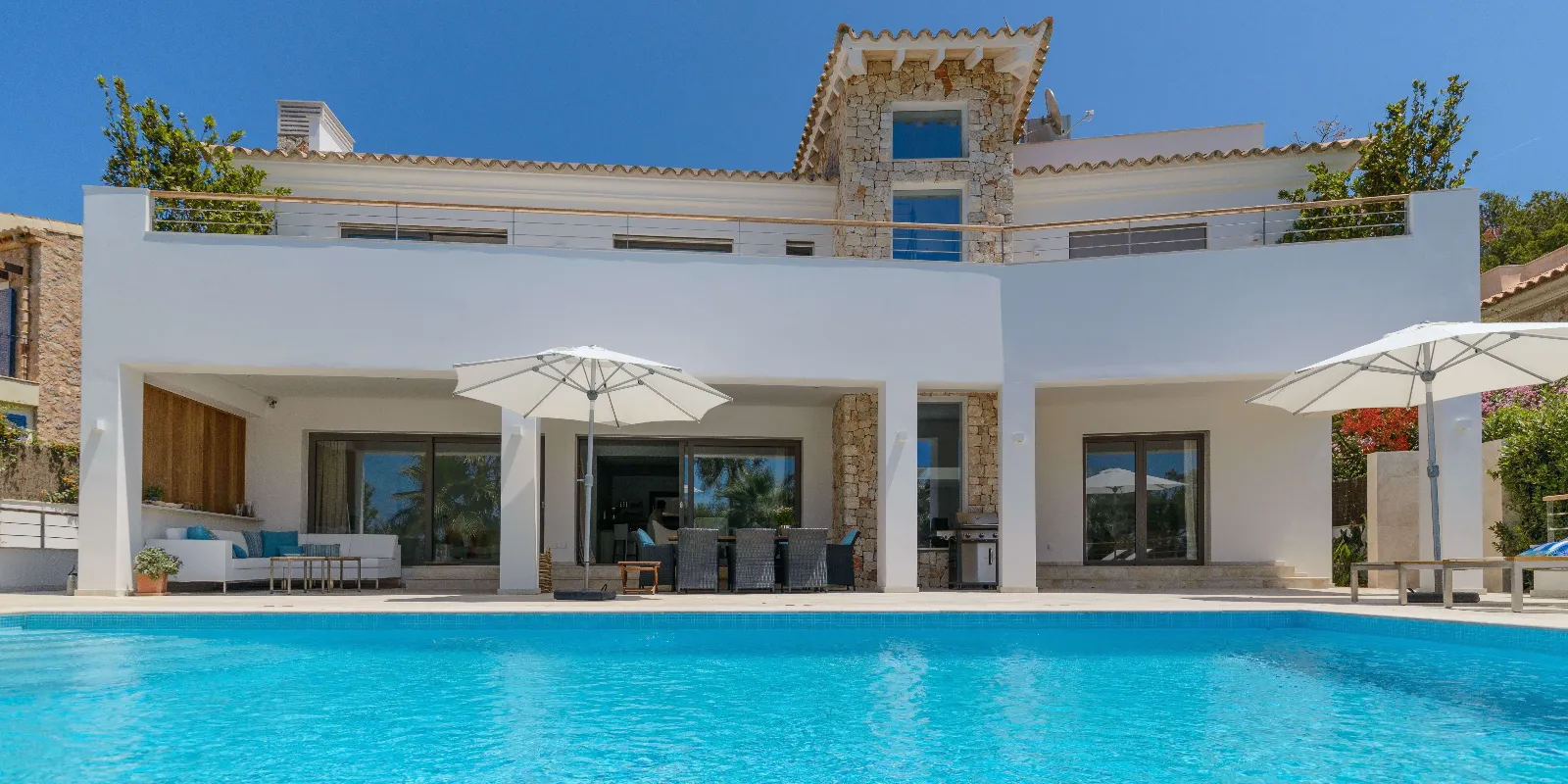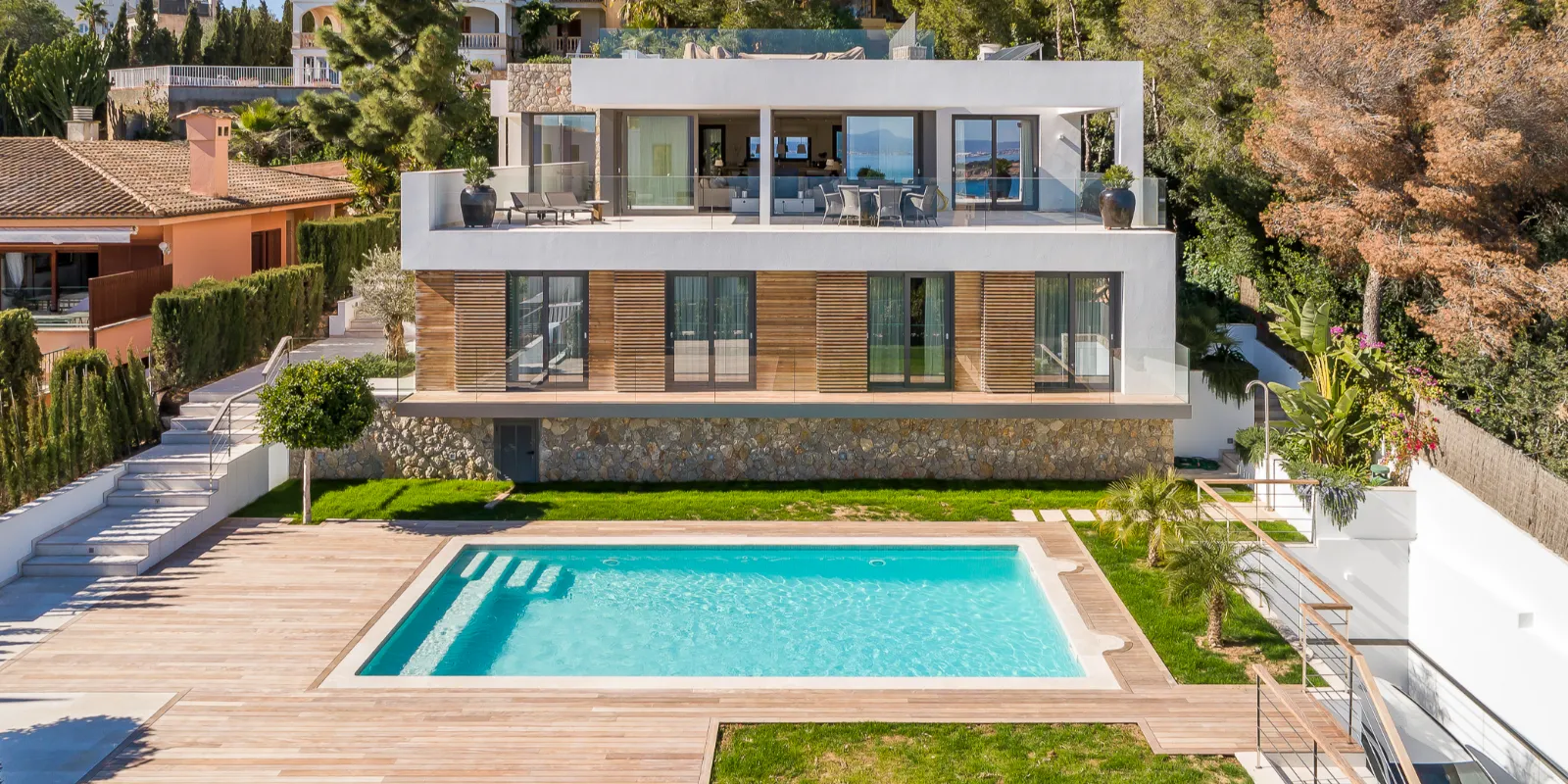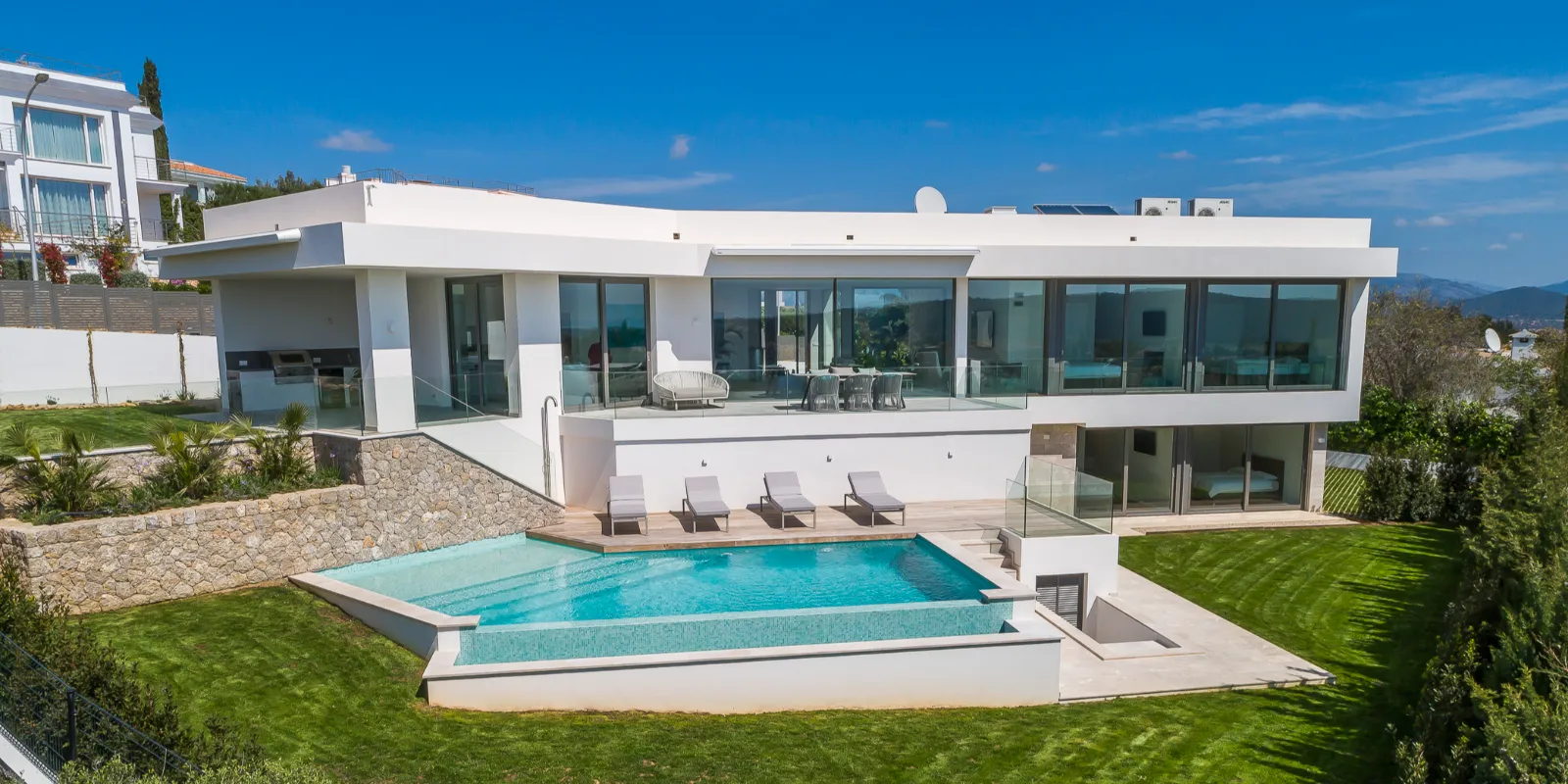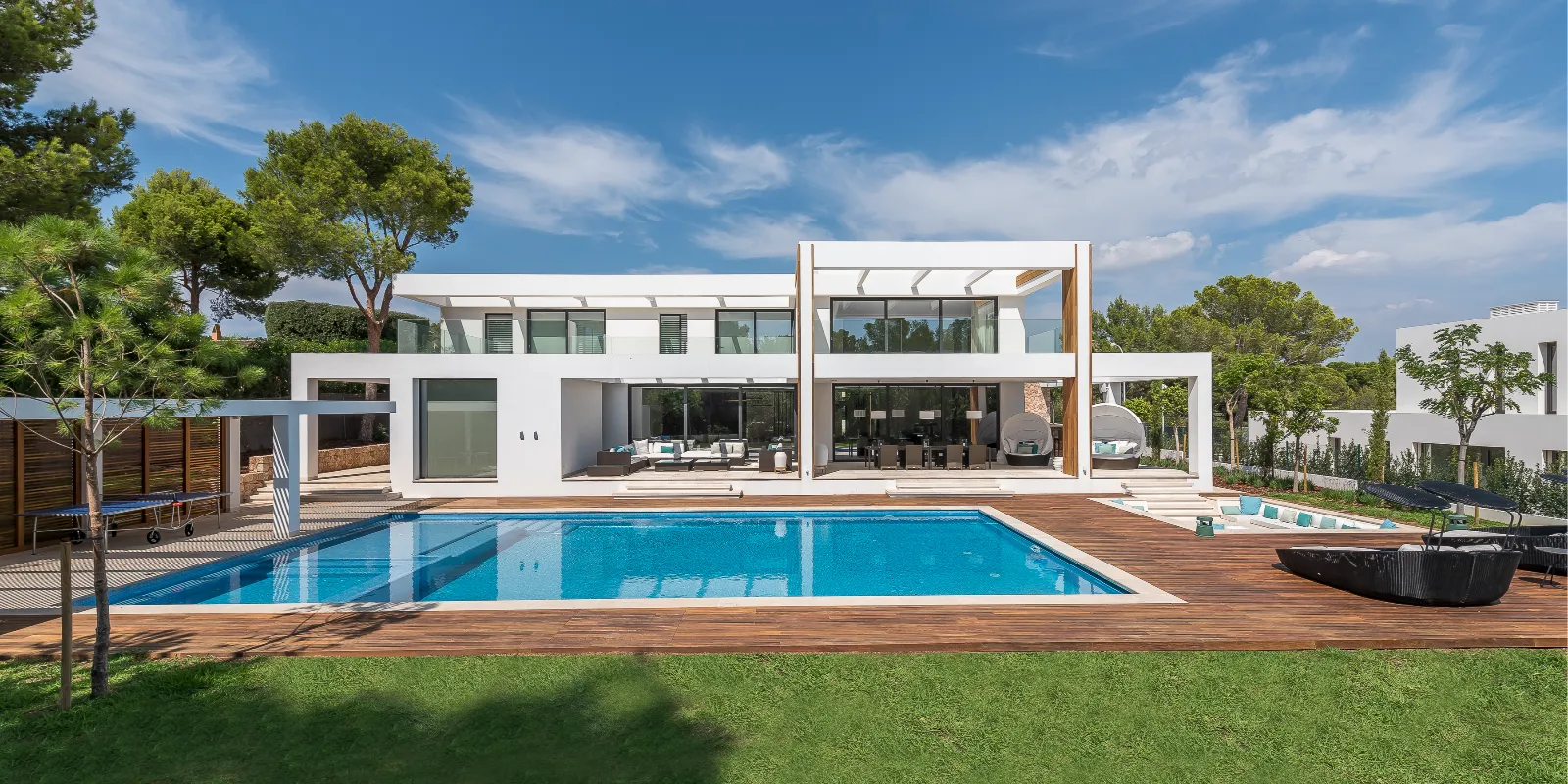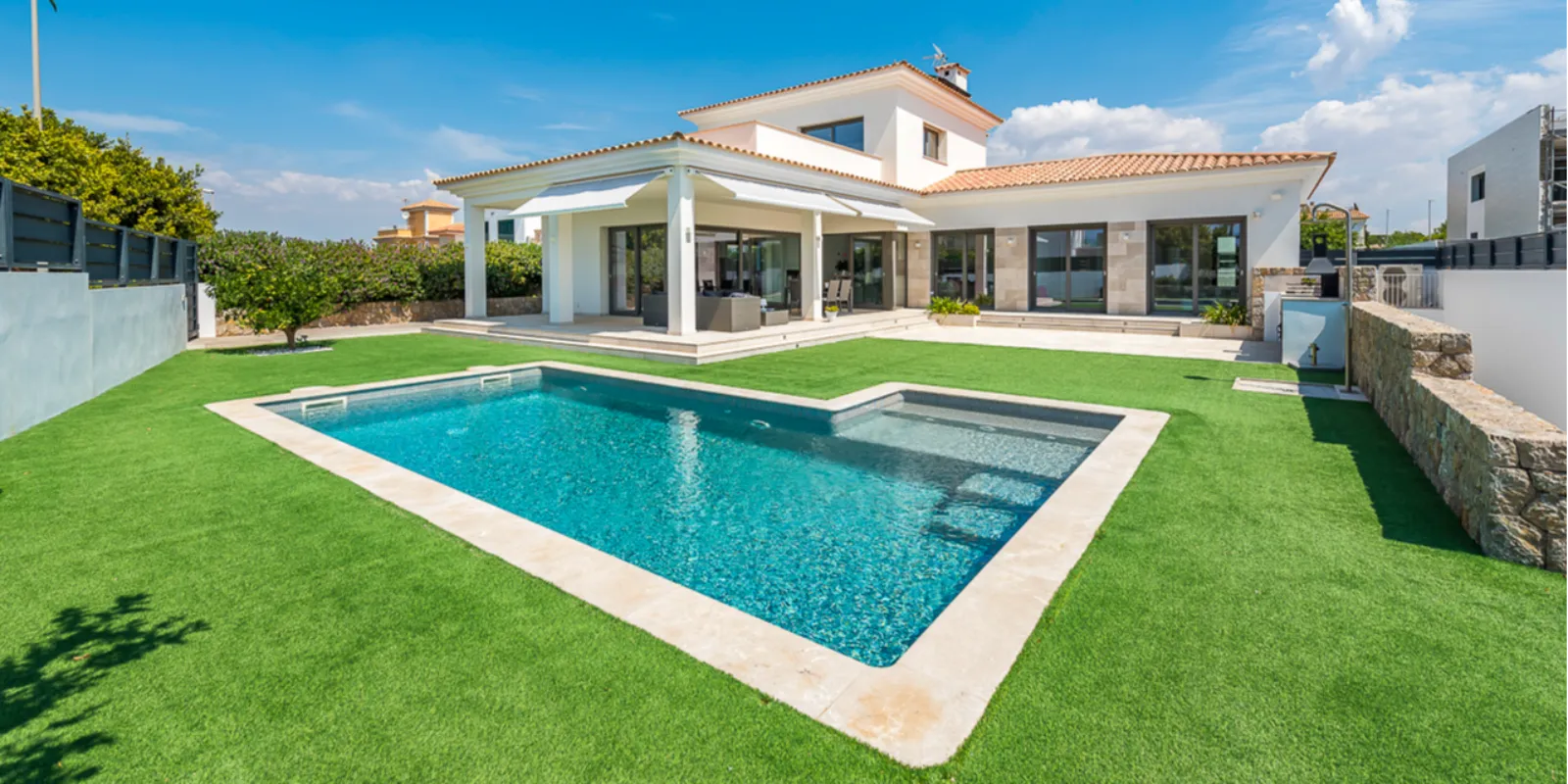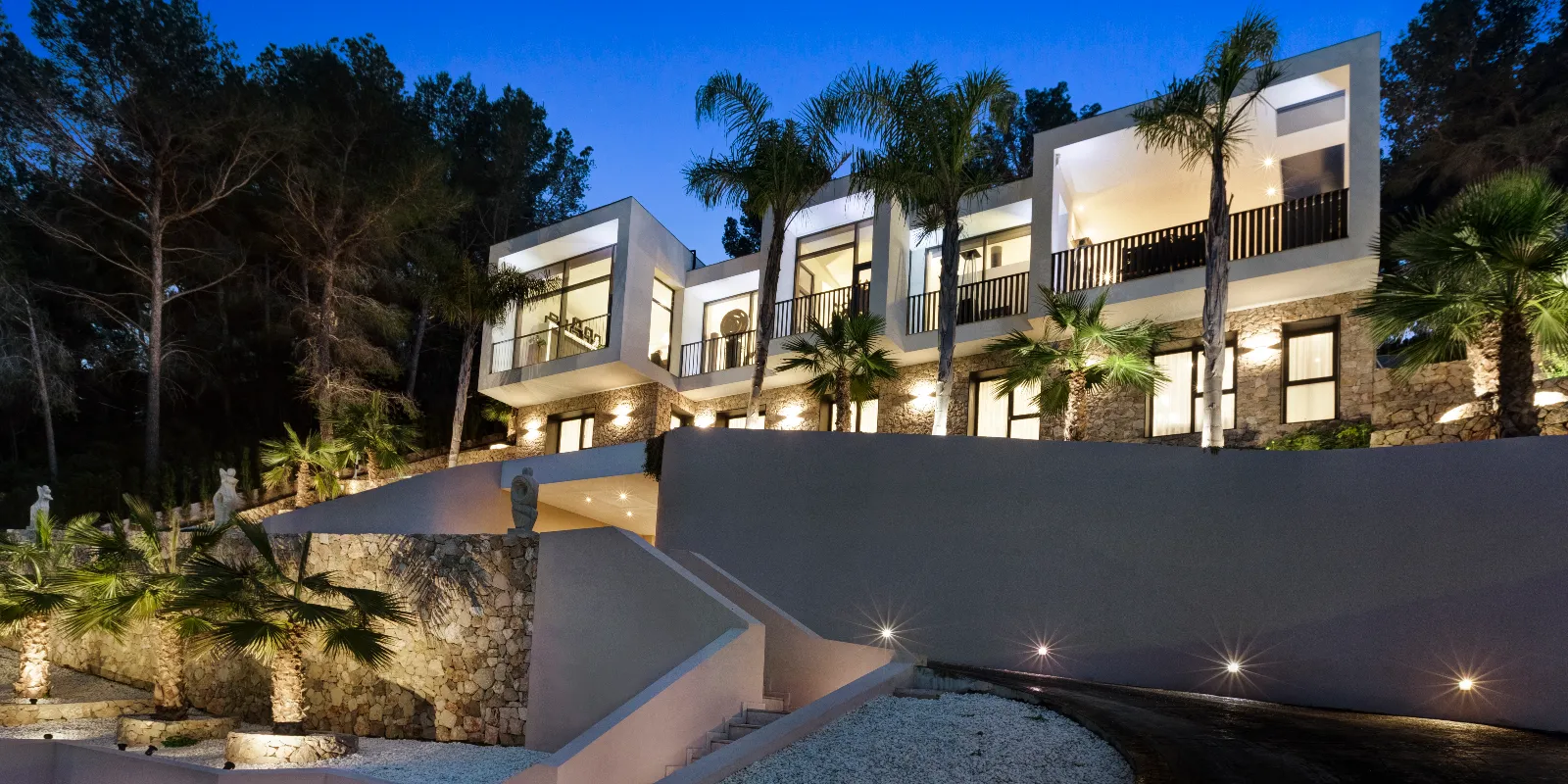Sustainability and look to the future
In the dynamic world of architecture, sustainability is the key to the future. As architects and engineers, we are changing urban transformation with visually striking and environmentally friendly designs.
The integration of home automation technologies, such as smart sensors, not only improves comfort, but also optimizes energy consumption.
Modular construction and inspiration from nature are emerging trends, creating efficient and aesthetically surprising structures.
Join the architectural revolution and be part of creating a greener and more sophisticated future.

Our building blocks
Energy efficiency in architecture focuses on designing and constructing buildings that maximize the intelligent use of energy. This involves using highly thermally efficient materials, optimizing the orientation of buildings to take advantage of natural light and using advanced insulation systems. The goal is to reduce energy consumption and, therefore, the environmental footprint of buildings.
Home automation has become a key element in architecture. It is about integrating intelligent technologies that allow efficient and automatic control of various aspects, such as lighting, air conditioning and security. Sensors and centralized management systems contribute to optimizing energy consumption and improving comfort, setting a standard towards more intelligent and sustainable buildings.
The integration of photovoltaic panels in architecture seeks to take advantage of solar energy to generate electricity in a sustainable way. These panels are incorporated into facades, roofs or structural elements, converting sunlight into electrical energy. This approach not only contributes to the energy efficiency of the building, but also represents a step towards energy self-sufficiency and reducing dependence on conventional sources.
Geothermal energy is a technology that uses the heat stored in the Earth to air condition buildings. Underground heat exchange systems are installed that allow both to heat and cool spaces efficiently. By using the constant temperature of the ground, geothermal energy reduces dependence on fossil fuels and reduces carbon emissions, being a sustainable option with low environmental impact in construction.
What project do you have in mind?
Tell us your idea and we will give it shape.

